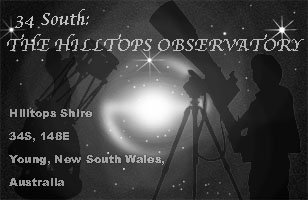On the Morning of March 5th, next Friday, there will be a relatively close approach of three solar system bodies. Jupiter and Mercury will be about one Moon diameter apart. In the same field, a faint periodic comet Tempel 10P will form an equilateral triangle with the two planets. This will be both a very easy and a very challenging observation.
The bodies are low on the horizon at 18:27 UT on March 4th. This translates to 5:27am on March 5th. Just before astronomical twilight from my location. The comet is faint and will require a telescope of at least 6” to 8”
However, with Jupiter blazing bright in the field, comet Tempel 10P will be difficult to detect even though you know exactly where it is.
For those without telescopes, Jupiter and Mercury will form a moderately tight pair, separated by one lunar diameter and Saturn will be perched higher above. In the wide field diagram below, the red rectangle is the field of view of a 50mm lens with a full frame camera, which is the same as the field of view of a 30mm lens with an APS C sensor camera.
A Starlink Sky train of about 35 satellites will also be making multiple passages through the ESE horizon area very near to where Saturn, Jupiter, Mercury and the comet are located. Depending on your attitude to Elon Musk, this could be icing on the cake or a bitter aftertaste. You have to click on the Heaven's above chart below to activate the animation.
So, an early morning challenge for south east Australia with a degree of difficulty attached.






